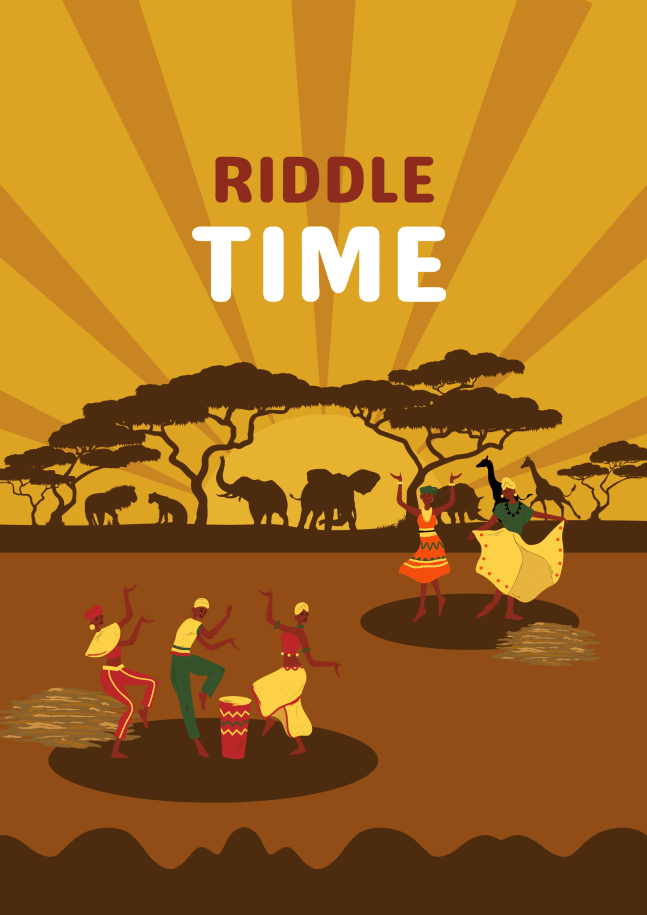Most African cultures have a drum to carry the rhythm of their music and communication. This instrument with a beat that moves everyone and a sound so familiar is unique in each region. Today we will discuss the djembe, one of West Africa’s best-known musical instruments.
It is a goblet-shaped drum, traditionally carved from a single piece of African hardwood, topped with an animal skin as a drumhead and then tightened with rope to the sides. It originally came from Mali and Guinea and is said to be of Maninka/Susu origin. It has, however, stretched throughout West Africa.
There are various theories of how it got its name. Some people say the name was from the djem tree and be(goat ) skin, materials used to make it, hence the name djembe. According to the Bambara people of Mali, the name of the djembe comes from the saying Anke djé, Anke bé, which translates to everyone gather together in peace.
Blacksmiths made the first djembes, making each drum custom-fitted to the drummer who would play it. The drum-making was spiritual, and the blacksmith was obliged to make offerings to the spirits of the trees he cut down. The drummers came from the jeli castes (musicians), who are responsible for the oral history of their people. The jeli castes still exist today and are responsible for traditional music.
The djembe comes in different sizes and shapes. Usually, it is around 60cm to 80 cm high with a diameter of 30 cm at the top. The weight ranges from 5 kg to 13 kg, depending on the size and material used.
The drum is played with both hands, with the drummer standing with the drum between his legs. In some cases, the drummer sits on a stool behind the drum, or it is placed horizontally on the ground, and the drummer sits on it.
It has three sounds; bass, tone and slap, which translates to a low, medium and high pitch. The drum can be played as a solo instrument or in combination with other drums/instruments. It was mainly played at ceremonies such as marriages, naming and initiation, among others.
Some people believe that the djembe contains three spirits. That of the tree from which it is made, of the animal whose skin is used and of the carver or the one who cut the tree, and the people who assemble the drum.
It is interesting to learn about the different musical instruments from our cultures. I hope this article sparks your interest in learning more about these unique pieces.
FURTHER READING
What is a Djembe?| African drums
Join the Lughayangu Community!

